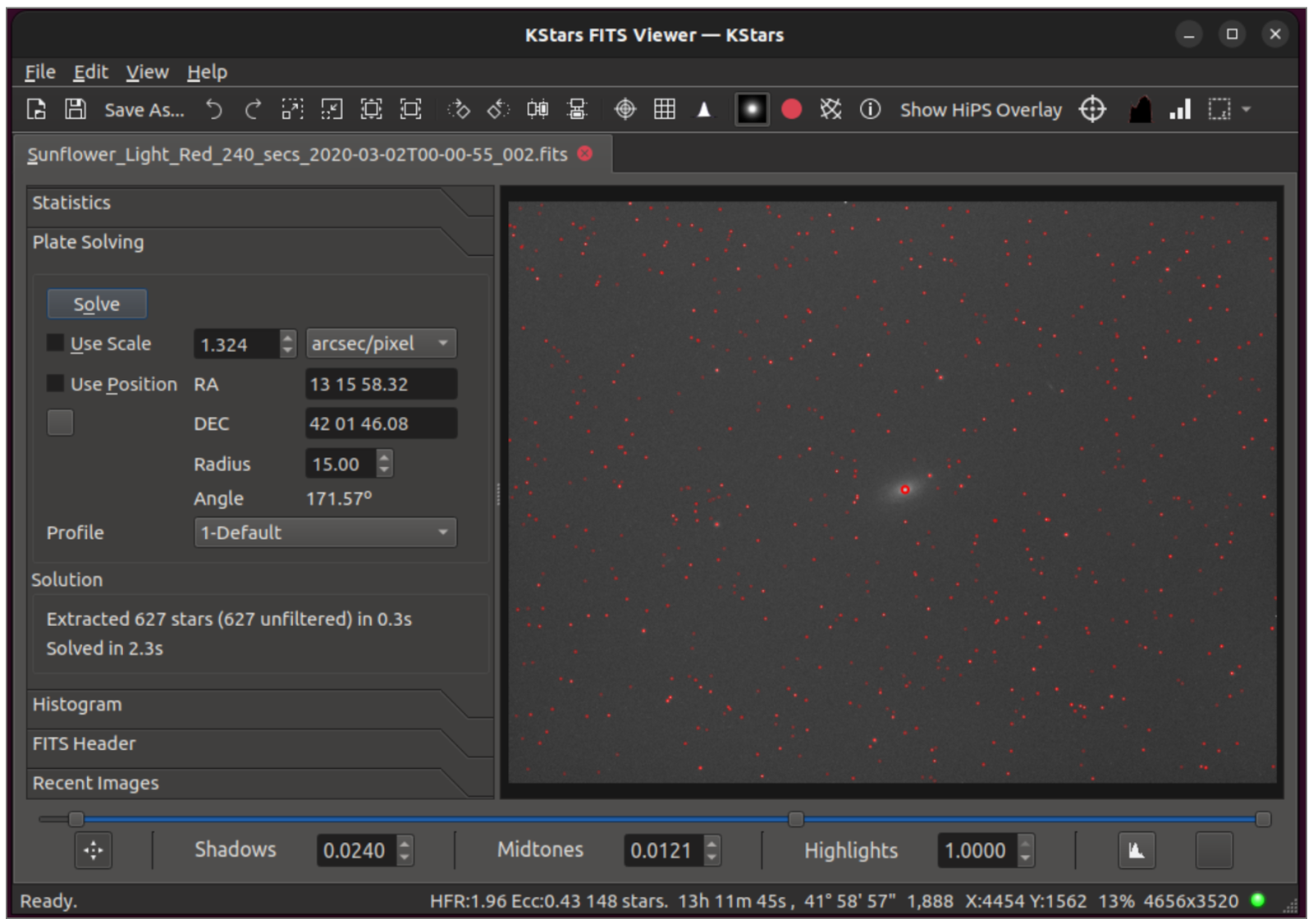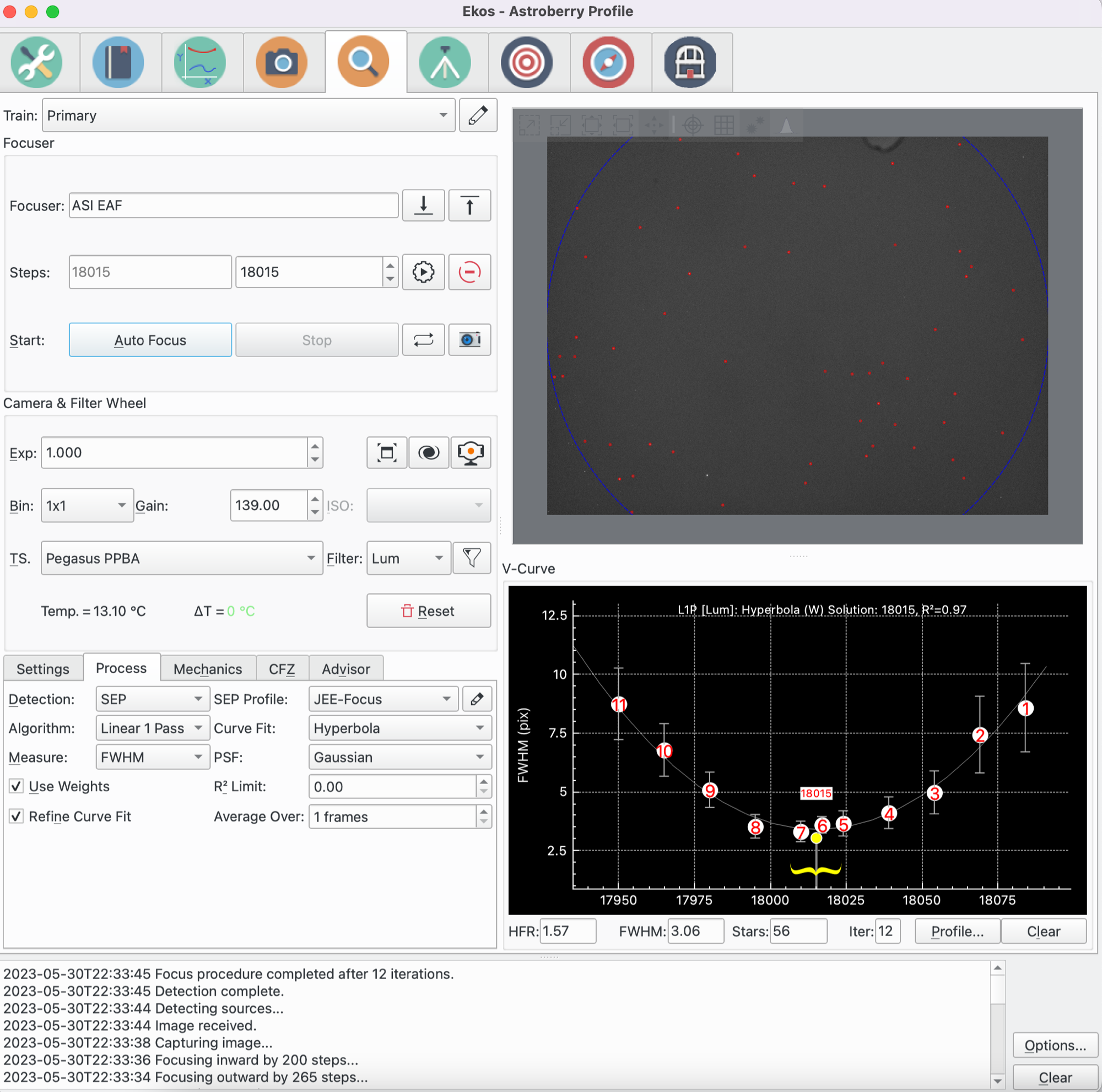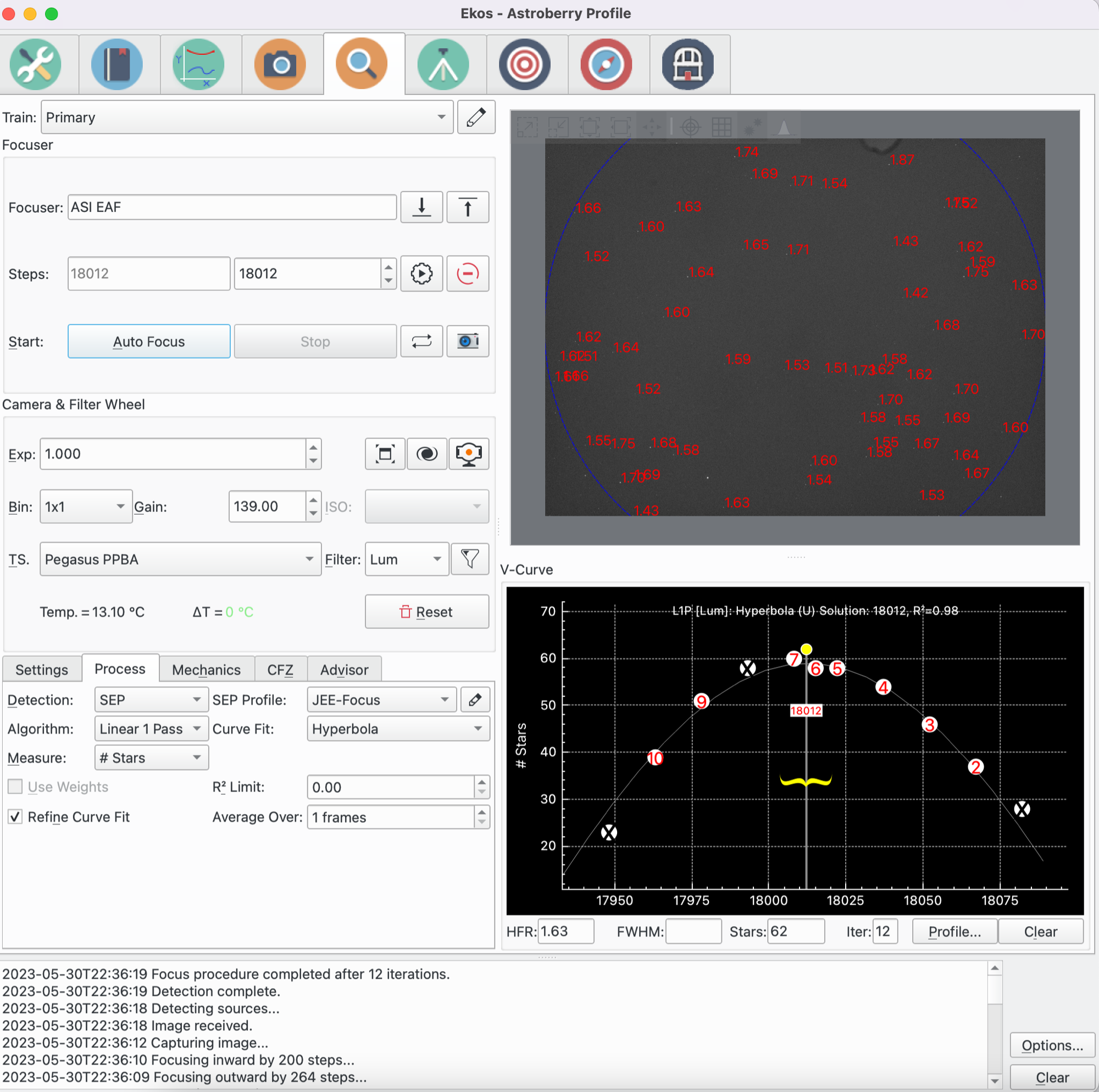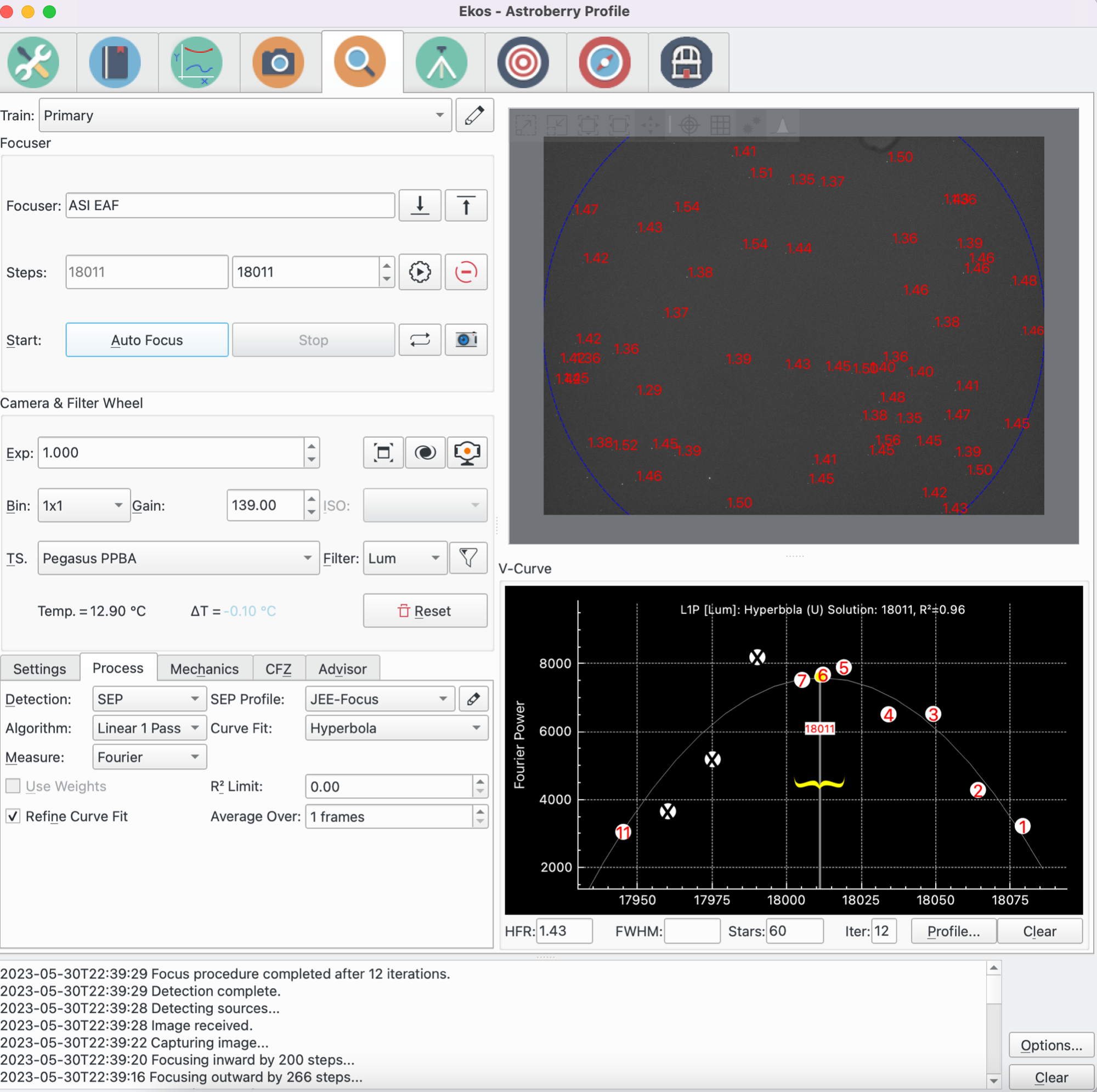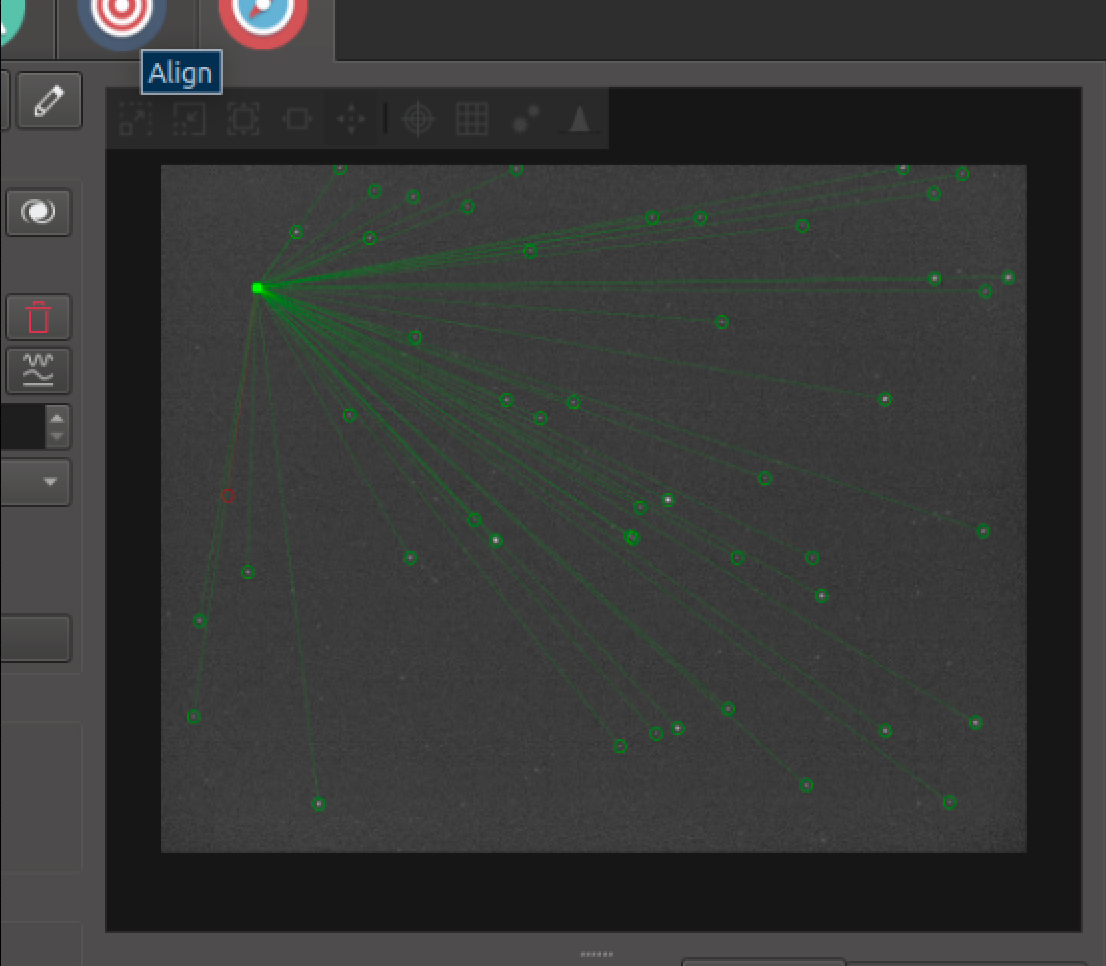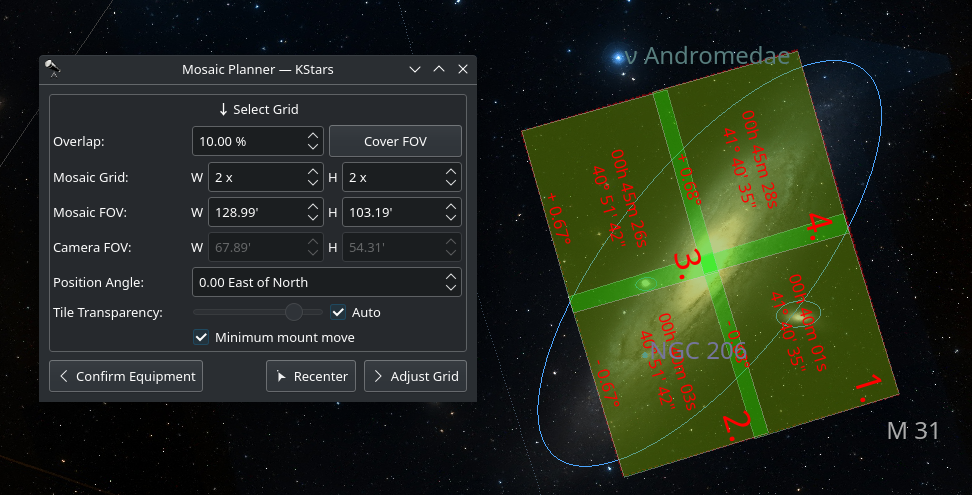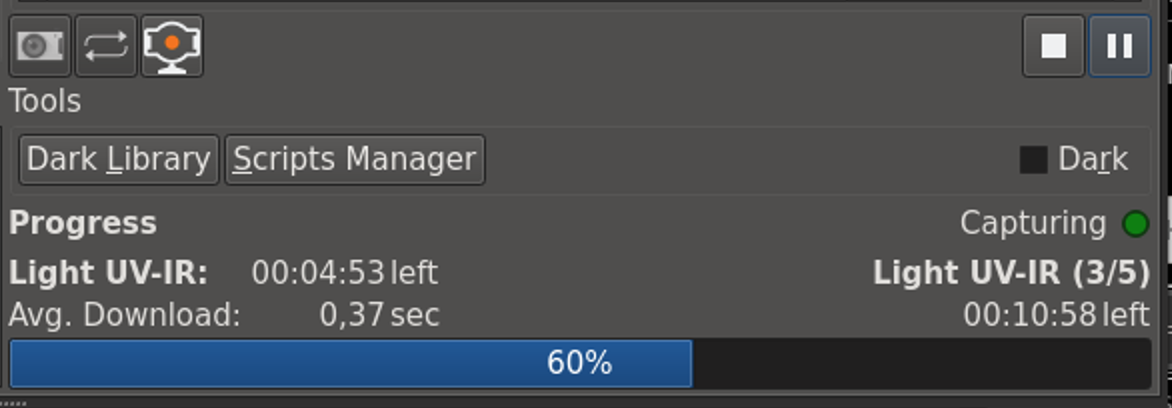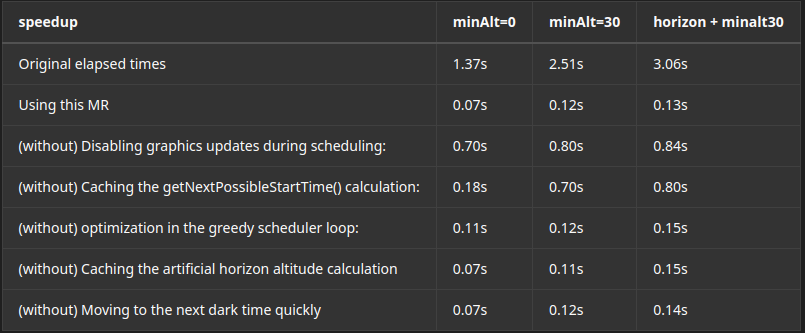CI & CD Infrastructure
- Merge requests run the custom build and the CI builds
- Master runs the CI build (though there could be other things we run, such as CVE scans)
- Craft recipes are run from the last commit of the master or release branch, they require "build" and "build-and-test-stable" to be run manually beforehand.
- Publishing to Microsoft store is available after the Windows Craft is run.
Donut Buster
Custom Views
A view is a collection of settings: the orientation of the sky map, how the orientation changes as the sky map is panned, whether it is mirrored or not, and optionally the field-of-view to set the map to.
If no views are defined, KStars introduces a set of standard / "demo" views by default. Existing views can be edited and new views can be added using the "Edit Views..." interface. They can also be re-ordered in the interface. The ordering of the views in the "Edit Views..." dialog defines the order in which views will be cycled through using the keyboard shortcuts Shift + Page Up and Shift + Page Down. Thus, you can set up the views for easily switching between naked eye / finder scope / telescope views for easy star-hopping.
The rotation feature overlay now also marks East in addition to north and zenith, so as to know easily whether the display is mirrored or not.
Blinking
In Analyze, one can now move from one session to the next (forward or backward).
Keyboard shortcuts are provided for that.
Another set of keyboard shortcuts both advance and show the next image in the same FITS Viewer.
Thus, for example, one can advance through all the captured images of the evening, showing all the captures on the FITS Viewer by repeating a keyboard shortcut.
A useful complement to this might be adding the ability to delete bad captures, but for now that will have to wait for a rainy day.
Going along with the above, keyboard shortcuts have been added to move to the next or previous FITS Viewer tab, Also helpful to the above is a new command to zoom in/out all tabs (not just the current one).
There is a new Blink Directory menu command (in both menus, as above) which will open a single tab with a list of all the images below the directory selected (that is, both in that directory, and in directories below it). It initially displays the first image, but new commands work in that tab to switch to displaying the next (or previous) image file in the list. This could be used to blink hundreds of files.
Sky Flats
Scheduler Refactor
Standalone Editor
- Target
- Sequence File




